From Washing to Cooking: Elucidating the Effects of Household Processing on Pesticide Residue Removal in Cowpeas by IPPCAAS
Recently, the Innovation Team for Risk Control of Pesticide Application at the Institute of Plant Protection, Chinese Academy of Agricultural Sciences (IPPCAAS), published a research article entitled “From washing to cooking: A comprehensive assessment of ten household processing methods on typical pesticide residues in cowpeas” in Food Research International (5-year Impact Factor, IF5 = 8.5). The study systematically investigated changes in pesticide residues during postharvest processing of cowpeas, analyzed the removal efficiency of different processing methods, and provided important data to safeguard the quality and safety of agricultural products and public health in China.
Cowpea is an indeterminate-flowering crop with a long flowering period and continuous pod setting—flowering and podding occur concurrently. Because pesticides are applied frequently and the harvest interval is short, pesticide residue issues are prominent. Based on typical samples from supervised field residue trials, this study comprehensively evaluated the removal efficiencies, under ten common household treatments (running-water rubbing wash, soaking, ultrasonic cleaning, ozone treatment, steaming, boiling, stir-frying, drying, pickling, etc.), for five widely used pesticides in cowpeas—pyraclostrobin, indoxacarb, acetamiprid, thiamethoxam, and clothianidin.
The results showed that 15 minutes of ultrasonic cleaning removed up to 84% of residues; 30 minutes of ozone treatment removed 64%–75%; running-water rubbing removed up to 75%; and adding detergent increased the removal rate from 71% under plain-water soaking to 73%. During cooking, boiling for 10 minutes, steaming for 20 minutes, and stir-frying for 5 minutes removed 83%–92%, 86%–89%, and 84% of residues, respectively; by contrast, drying increased residues by 1.57-fold.
The physicochemical properties of pesticides are key determinants of removal performance. The pesticides’ log Kow values were extremely negatively correlated with removal efficiency under pickling (correlation coefficient −0.99). For example, the highly water-soluble thiamethoxam (solubility 4100 mg/L) had a pickling removal rate as high as 95%, whereas pyraclostrobin, with poor water solubility (1.9 mg/L), had a removal rate of only 69%. Dietary exposure assessment indicated that, after household processing, the highest long-term intake risk (RQ) among the five pesticides was 0.25, i.e., within the acceptable range (RQ < 1). A practical household recommendation is to use “rubbing under running water for 1 minute + blanching for 2 minutes,” which can effectively reduce pesticide residues in cowpeas.
Ph.D. candidate Cui Jiarong, jointly trained by IPPCAAS and Nankai University, is the first author, and Professor Dong Fengshou is the corresponding author. This work was supported by the National Key R&D Program of China (2023YFD1400904) and the CAAS Science and Technology Innovation Program.
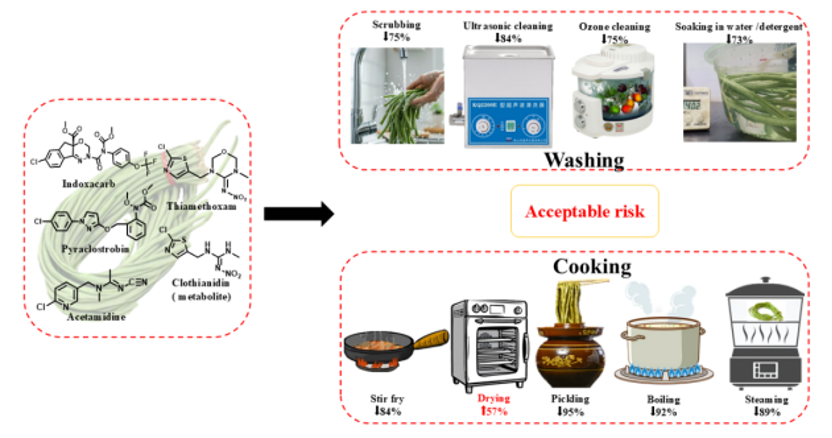
Links:
http://www.ippcaas.cn/images/2025-09/3fe7da8a612d4545aa72efa316111e89.png
-
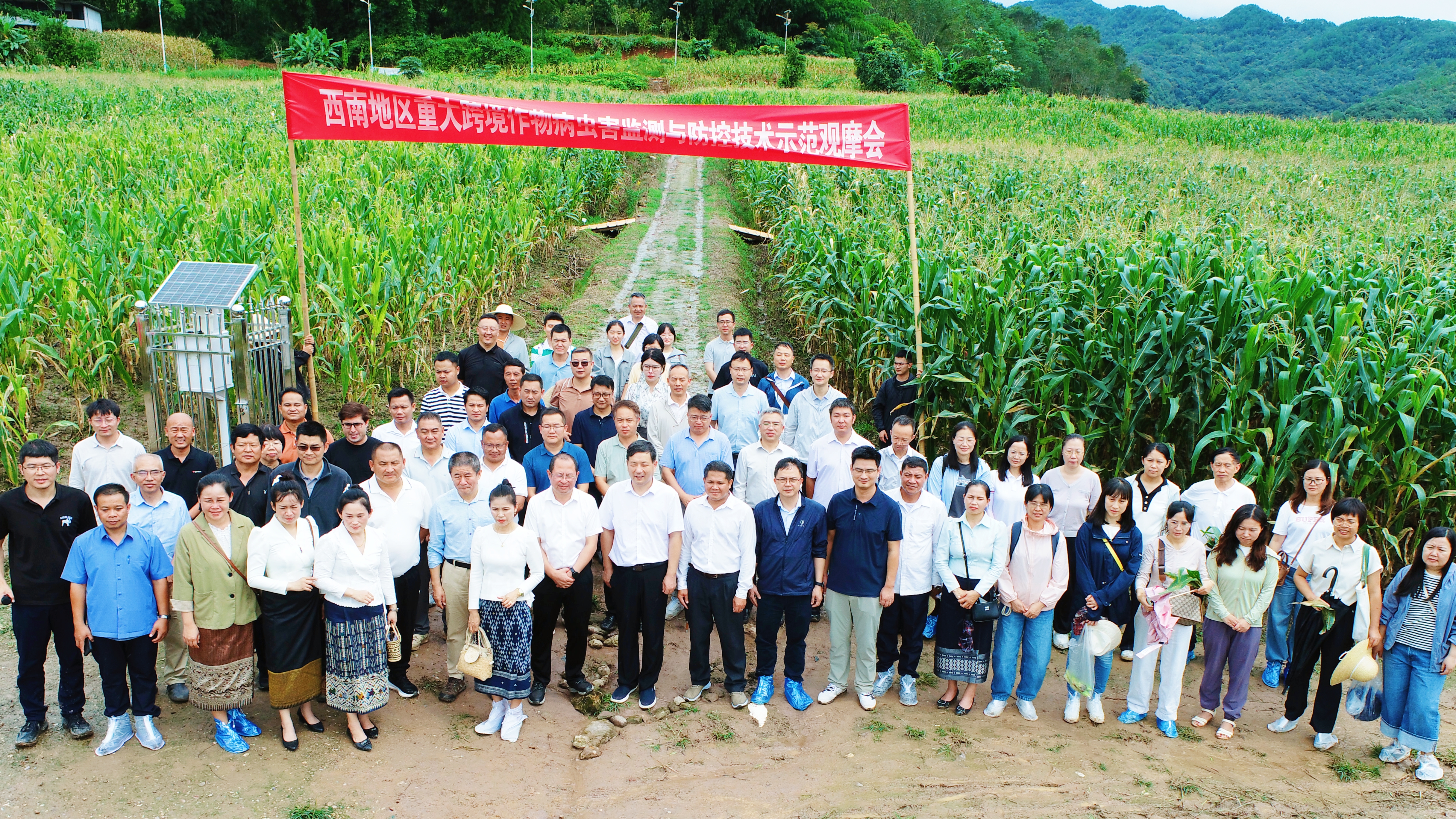 IPPCAAS Advances Joint Prevention and Control of Transboundary Crop Pests and Diseases in Southwest China — Field Demonstration on Monitoring and Control Technologies Held in Jiangcheng, Yunnan
IPPCAAS Advances Joint Prevention and Control of Transboundary Crop Pests and Diseases in Southwest China — Field Demonstration on Monitoring and Control Technologies Held in Jiangcheng, Yunnan -
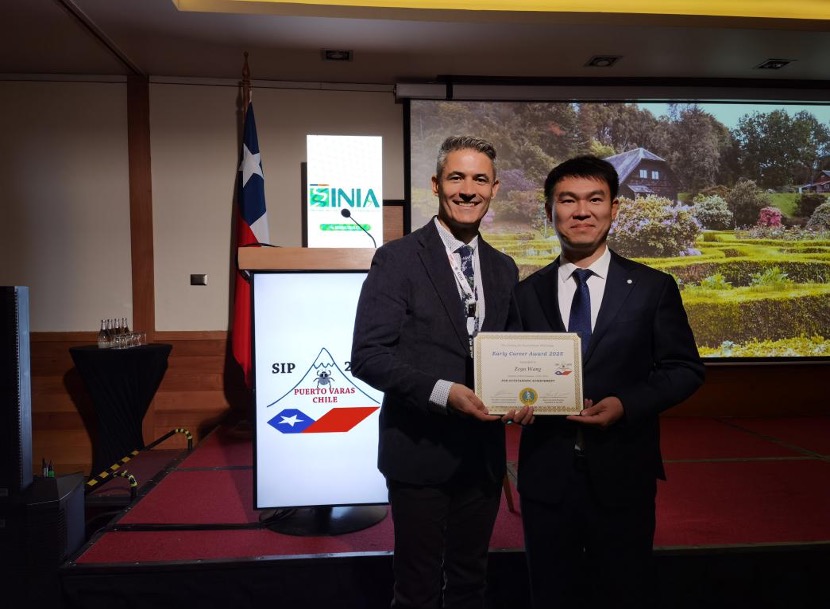 IPPCAAS Expert Wins the Society for Invertebrate Pathology Early Career Award
IPPCAAS Expert Wins the Society for Invertebrate Pathology Early Career Award -
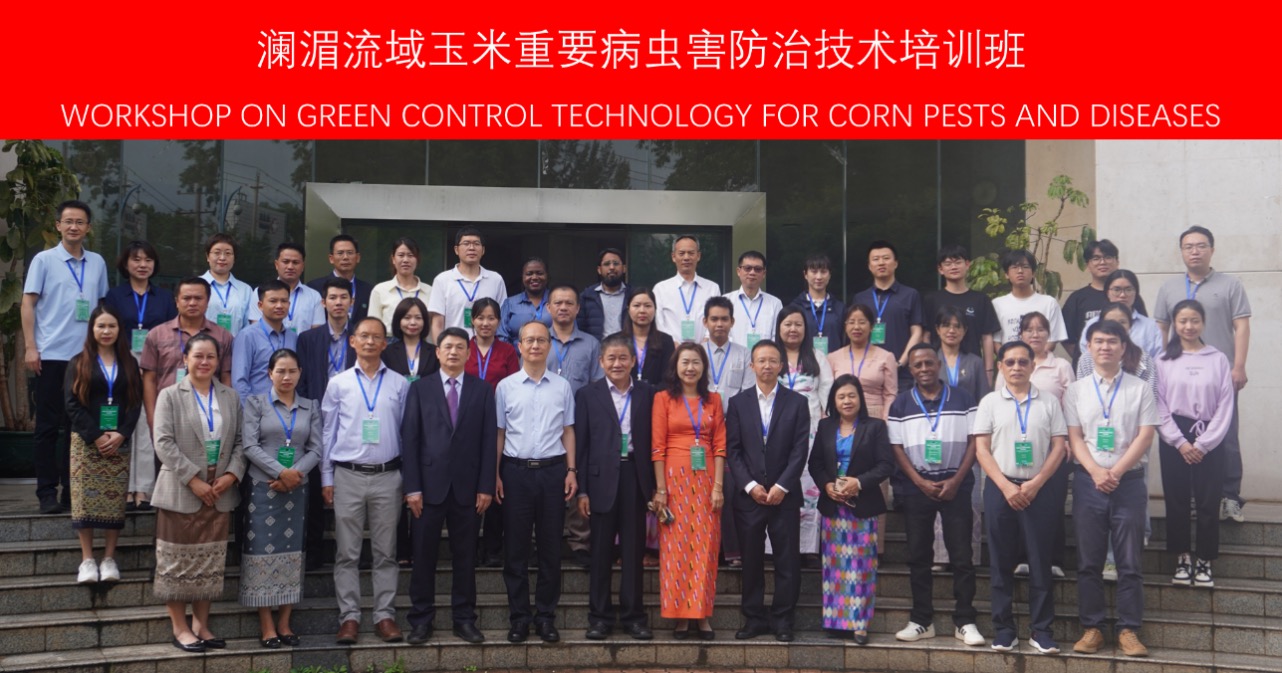 Workshop on Green Control Technology for Corn Pests and Diseases in the Lancang-Mekong Region successfully held in Kunming
Workshop on Green Control Technology for Corn Pests and Diseases in the Lancang-Mekong Region successfully held in Kunming -
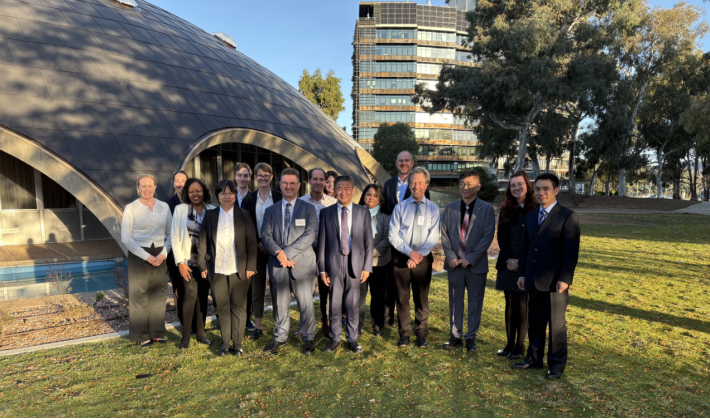 IPPCAAS Experts Visit Australia to Promote In-Depth China–Australia Cooperation in Plant Biosafety
IPPCAAS Experts Visit Australia to Promote In-Depth China–Australia Cooperation in Plant Biosafety
